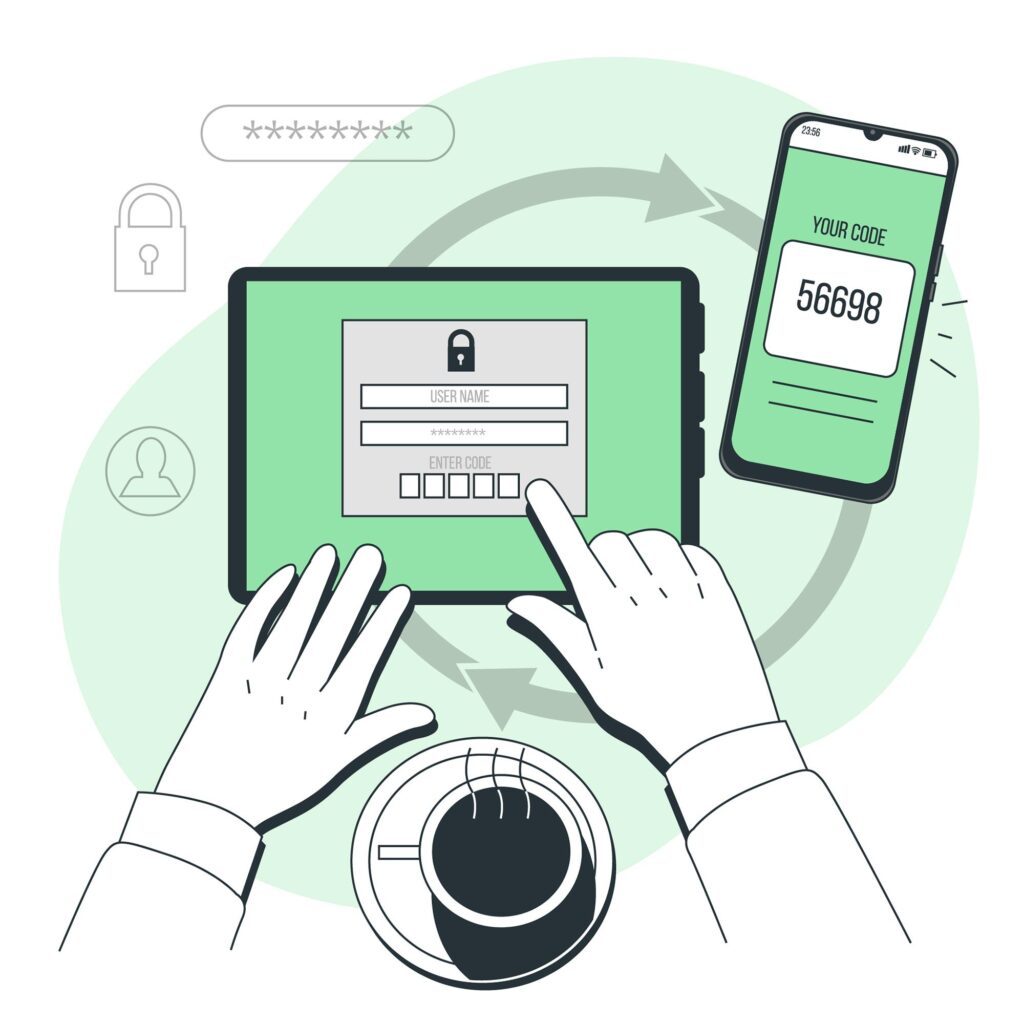Stay safe!
How to Protect Your Account
No Data Breach? Great — But You’re Not Invisible Yet
You’ve checked whether your data has been leaked — and the good news is: your email hasn’t (yet) been found in any known data breach. That’s a relief. But be aware: digital safety goes beyond just breaches.
Every day, people are tracked through cookies, ads, and hidden scripts. Even without a breach, your browsing habits, location, and preferences can silently be stored, sold, or used for profiling. That’s why it’s smart to take steps now to protect your online privacy.
By making conscious choices and using the right tools, you can avoid falling victim to data misuse or tracking. Below, we’ll show you how — simple, no technical knowledge needed, but highly effective.
1. Use a Unique Password for Every Account
Even if your data is safe for now, reusing passwords remains a major risk. If one account gets hacked, all your other accounts could be compromised. Start by setting strong, unique passwords for your most important accounts — like your email, banking, and social media. Tip: Use a password manager to create and remember strong, unique passwords.
💡 Do you already use a password manager? Here are two free options:
🔐 Google Password Manager
Built into Chrome and Android. Easy to use, but only works well within the Google ecosystem. Less suitable if you use multiple browsers or devices.
🍏 iCloud Keychain (Apple)
Perfect for those who only use Apple devices. Your passwords are automatically filled in and synced through iCloud. Less flexible outside the Apple world.
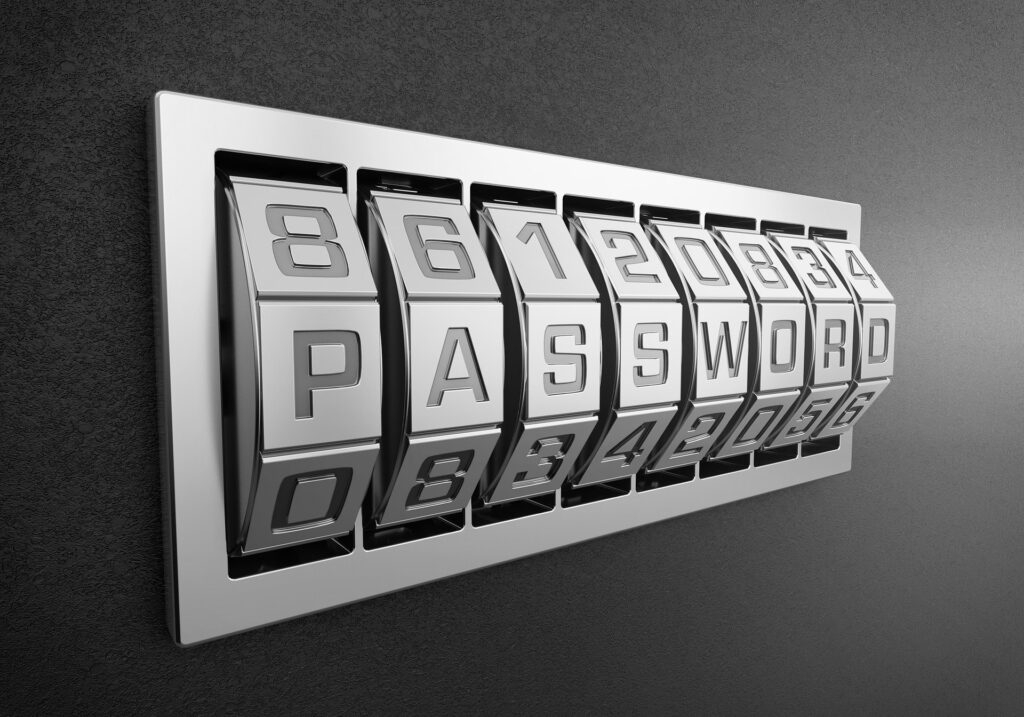
3. Watch Out for Phishing and Suspicious Emails
After a breach, you might receive more spam or phishing emails. Don’t click on links blindly — even if they look like they’re from trusted companies. Always double-check the sender’s email address and contact the company directly if in doubt.
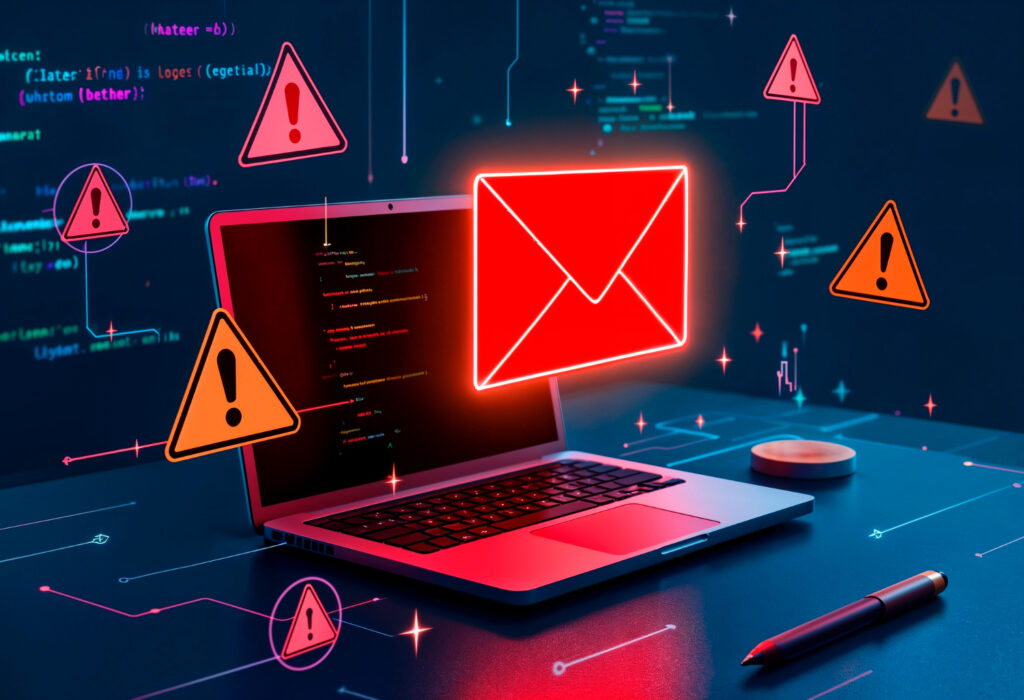
4. Create a Separate Email Address for Less Important Accounts
Use one email address for important matters (like banking) and another for newsletters, webshops, or apps. It helps you stay organized and reduces your risk if there’s a future breach. Consider using a more anonymous email address for added privacy.
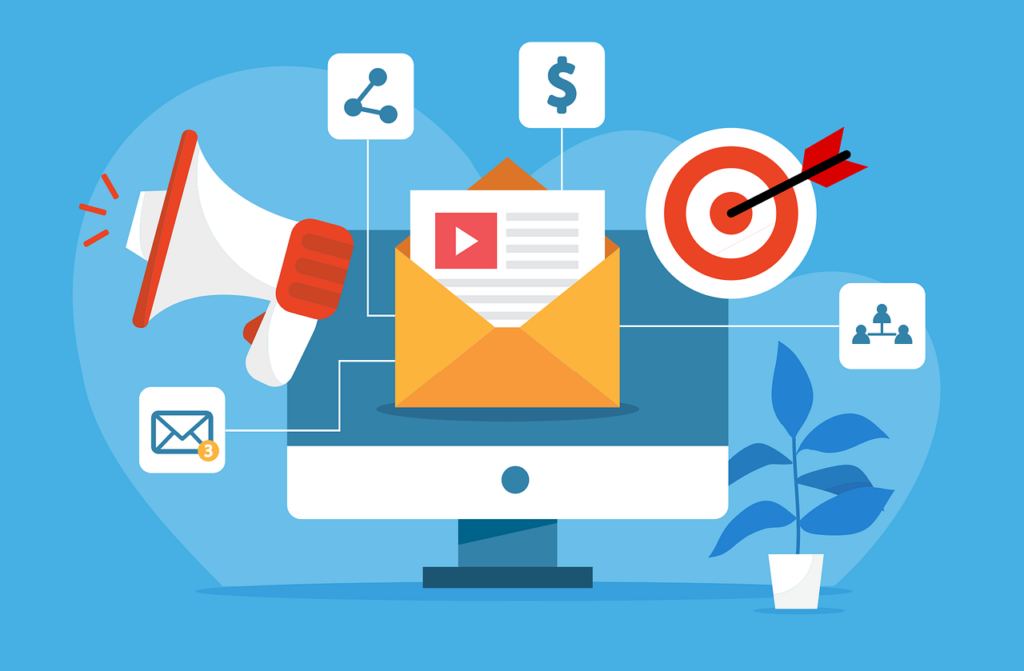
5. Use a VPN for Secure and Private Connections
A VPN hides your IP address and encrypts your internet traffic, keeping hackers, trackers, and even your internet provider from seeing what you do online. It’s especially useful on public Wi-Fi or if you want to reduce your digital footprint. View My Recommended VPN Services
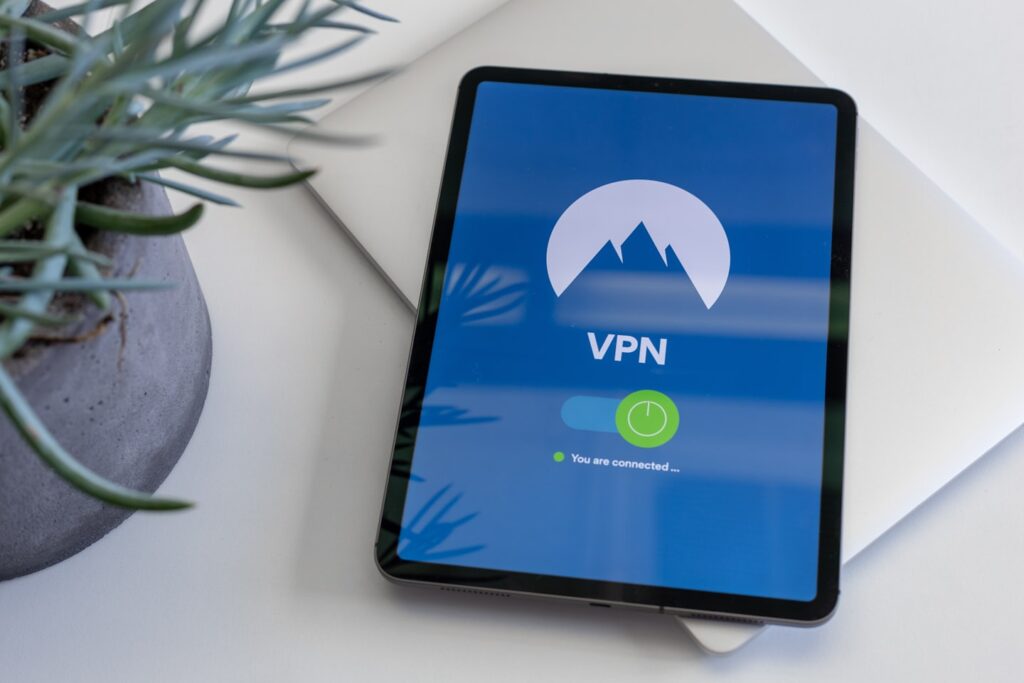
6. Regularly Check if Your Data Has Been Leaked Again
Use trusted tools like Have I Been Pwned to check every few months if your email address shows up in new data breaches. This way, you stay informed about new risks and can act quickly when needed.


